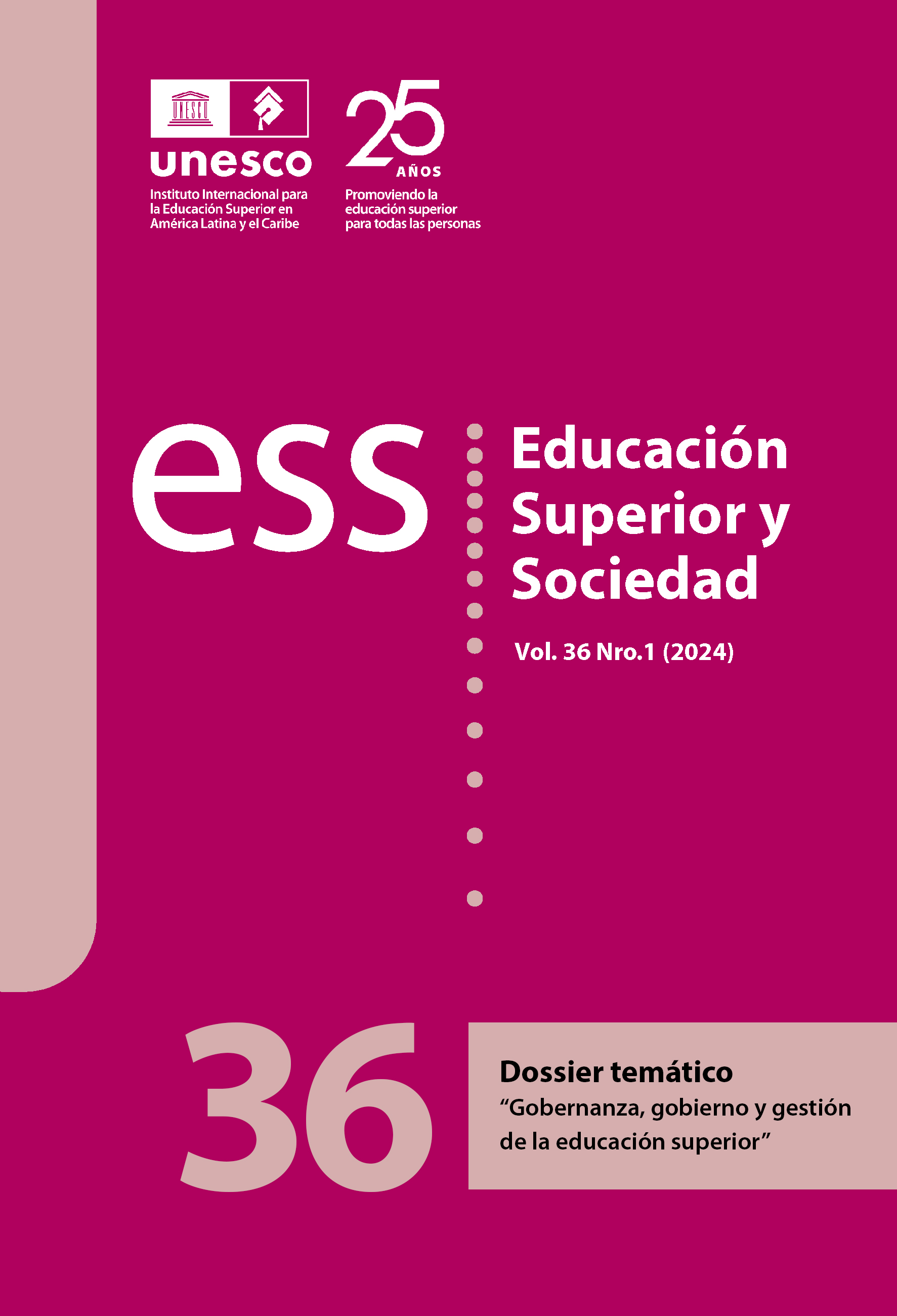College Dropout Factors: Analysis with LightGBM and Shapley's Cooperative Game Theory
Abstract
This study was based on data analysis of academic histories of civil engineering students at FACET-UNT. Our main objective was to determine the academic performance variables that have a significant impact on the dropout of the career. To do this, we implemented a correlation model using LightGBM (Barbier et al., 2016; Ke et al., 2017; Shi et al., 2022). We use this model to identify the key variables that influence the probability of student dropout. In addition, we use game theory to interpret the results obtained. Specifically, we use the SHAP library (Lundberg et al., 2018, 2020; Lundberg & Lee, 2017) in Python to calculate the Shapley numbers. The results of our study revealed the most important variables that influence the dropout from the civil engineering career. Significant differences were identified in terms of age, time spent in studies, and academic performance, which includes the number of courses passed and the number of exams taken. These results may be useful to develop more effective student retention strategies and improve academic success in this discipline..
KEY WORDS: Academic failure; Data processing; Game theory
Copyright (c) 2024 Hugo Roger Paz

This work is licensed under a Creative Commons Attribution-NonCommercial 4.0 International License.
Copyright notice
Copyright allows the protection of original material, and curbs the use of others' work without permission. UNESCO IESALC adheres to Creative Commons licenses in the open access publication of ESS. Specifically, texts published in this journal are subject to a Creative Commons Attribution-NonCommercial 4.0 International (CC BY-NC 4.0) license: ESS is an open access journal, which means that all content is freely available to the user or their institution. Users may read, download, copy, distribute, print, search or link to the full text of the articles, or use them for any other lawful purpose, without asking prior permission from the publisher or the author, always making sure to cite the author. Commercial use is not permitted. ESS requires authors to accept the Copyright Notice as part of the submission process. Authors retain all rights.
The full license can be found at https://creativecommons.org/licenses/by-nc/4.0/
 Attribution - NonCommercial (CC BY-NC 4.0)
Attribution - NonCommercial (CC BY-NC 4.0)
This journal does not charge authors for the submission or processing of articles. The authors of the contributions will receive acknowledgment of receipt that the work has reached the Editorial Team of the Journal.




